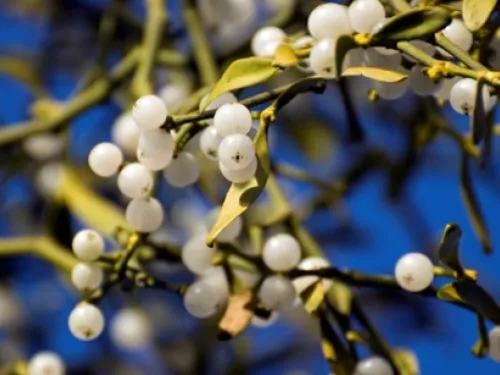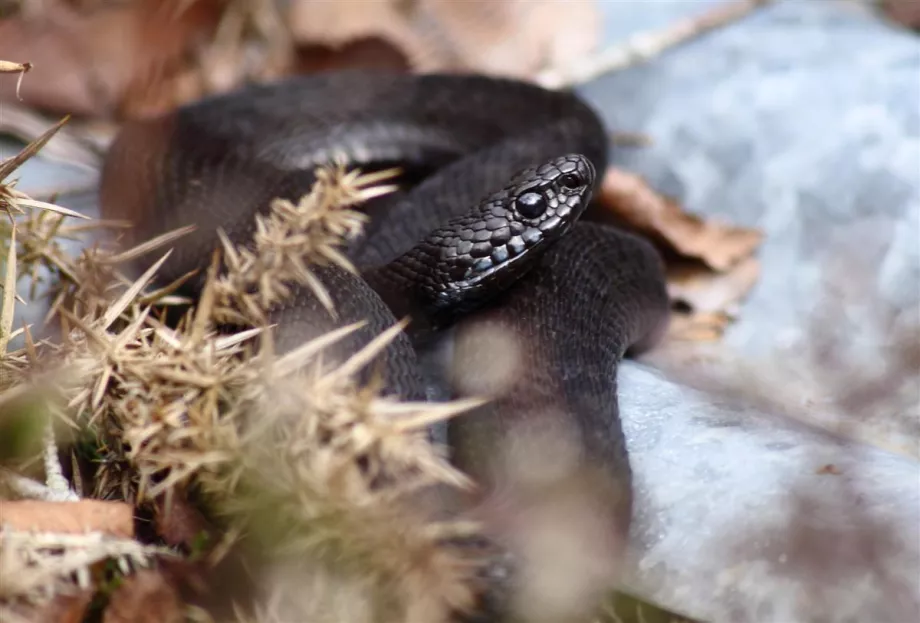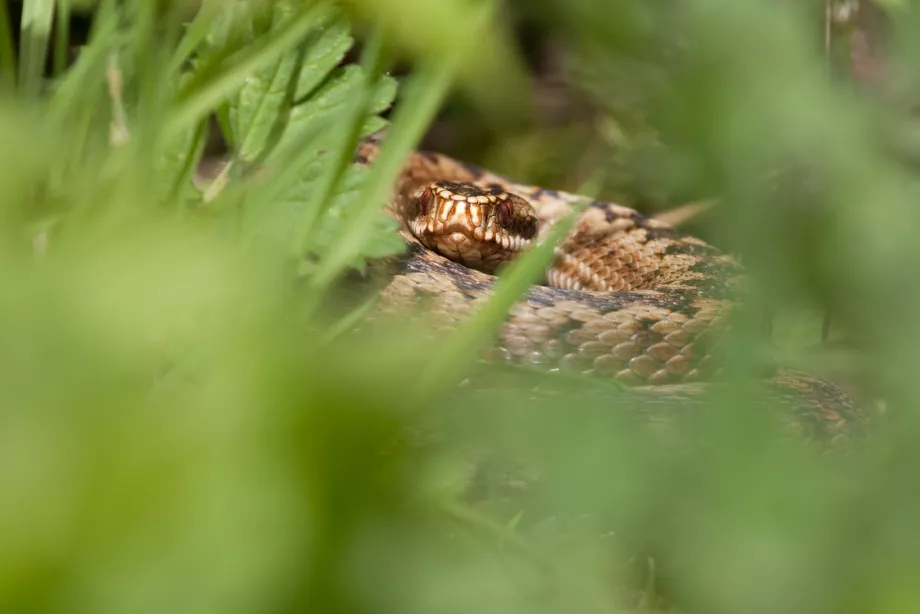Where is the best place to see adders in Kent?
Three great sites for seeing adders in Kent are Burham Common, Queendown Warren and the Larches and you’re far more likely to see them during breeding season (late spring to early summer), so now is as good a time as any!
What do adders eat?
Like most animals, adders will eat anything they can subdue but they do specialise in small mammals such as voles and mice as well as eating small amphibians such as frogs. They have even been recorded taking nesting birds. Adders take a long time to digest their prey so can survive up to a month on one small mammal.
Behaviour and reproduction
Adders are diurnal, which means they are active in the day and sleep at night. The further south their range, the more active they get at night . In Southern England, during summer months, they can be completely active at night. This species has adapted to the cold but does hibernate in the winter for around 150-180 days in Great Britain. On mild winter days, they may emerge to bask and have even been spotted travelling across the snow.
In April, males begin searching for female pheromone trails, which are released from a gland at the back of a female’s tail. When he finds a potential mate, he will approach her and begin flicking his tongue along her back and sides while moving alongside her body. If accepted by the female, the males sex organ will swell up to the shape of a ball with hooks on it. It will hook onto the female and stay connected to her for hours, often being dragged around in the process. You may have seen this beautifully portrayed in the grassland episode of David Attenborough’s Wild Isles series.
Should another male turn up before he is able to hook himself onto the female, a battle may ensue. These are rather interesting in that males do not bite each other. The way they show dominance is to perform a sort of dance (it has even been called ‘the dance of the adders’). Using their muscles, they push each other’s heads down onto the ground until one of the males concedes defeat.
Females expend a lot of energy to create the next generation of life and because of this, only bear young every couple of years. Between 3-20 young adders are conceived by a female at the end of summer and are left immediately to fend for themselves.
Juveniles are slightly more orange in colour and their diet consists more of common lizards and slow worms.
Adders in conservation
Adders are a protected species under Section 9 of the Wildlife and Countryside Act 1981. It is therefore illegal to injure, kill or sell this species. Though it is worth noting they are not protected from disturbance as some rarer species are.
Unfortunately, adders are still persecuted by humans, with many still killed each year due to fear or ignorance. Habitat loss and increased pesticide use has also put pressure on this species and the food it eats.
It’s easy to prefer the cute and fluffy creatures that make us go ‘aww’ – and those creatures have their place, believe me! But, we also need to learn to love the creatures who aren’t as cute and cuddly. Climate change affects all creatures great and small and if we focus too much attention on certain species, we may find that others have faded out before we even notice.
What can we do to help adders? Being less afraid of them for a start! Adders are not likely to become garden friends so if you’re interested in helping them, start by getting involved in one of our study days where you can learn more about reptiles & amphibian surveying techniques, volunteer on some of our reserves to help us improve habitats where adders live, start surveying adders and spread the word that adders are not something to be afraid of, but a fascinating creature who deserves to co-habit this beautiful island with us!







